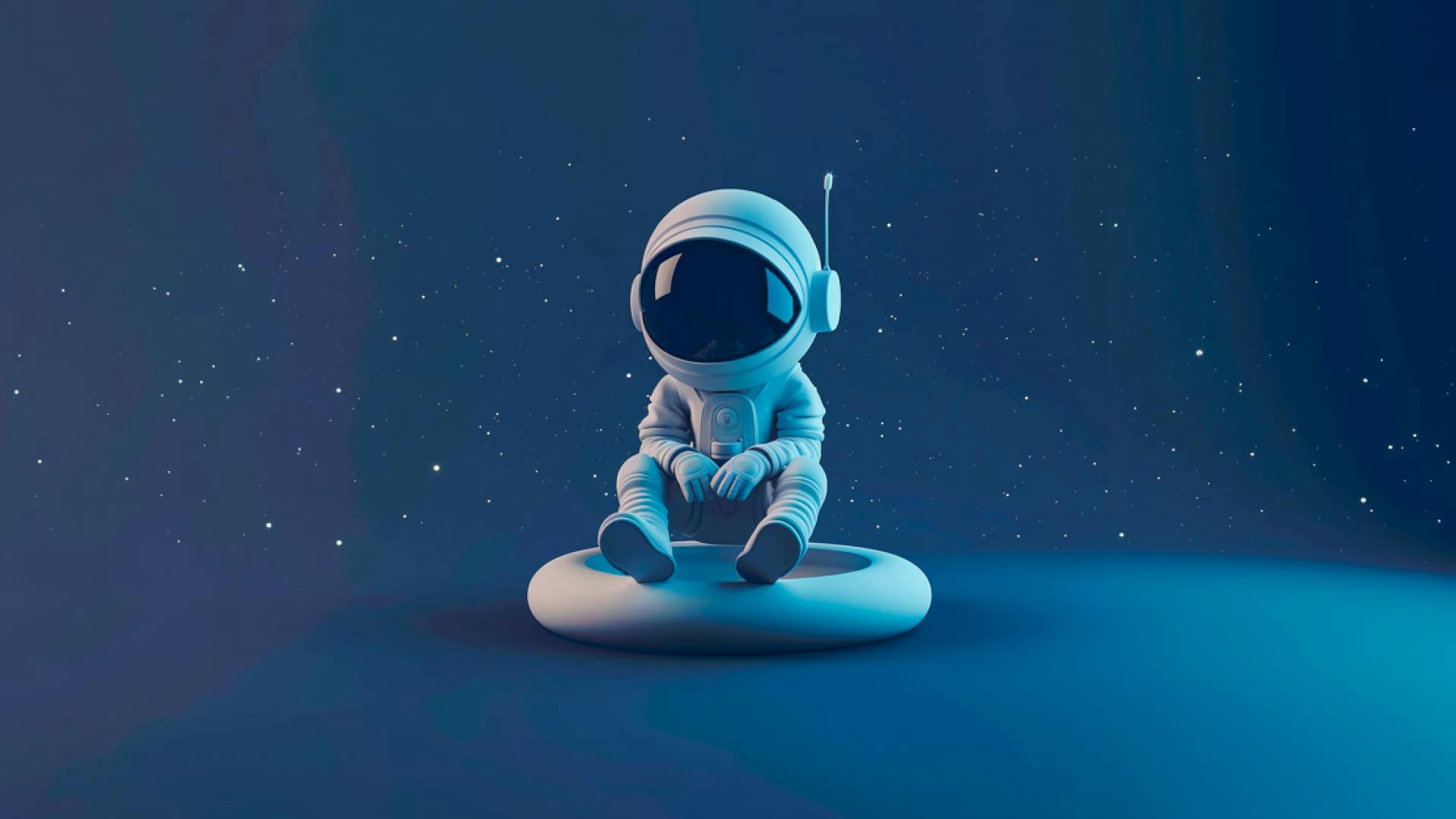Every four years, a unique opportunity surfaces that captivates the imagination of thousands worldwide: the chance to become an astronaut with NASA. With applications now open until April 2, the dream of space exploration, visiting the moon, or even setting foot on Mars becomes a tangible goal for many. However, with an annual salary of $152,258 and the prestige of joining the ranks of space explorers, the competition is astronomical.
The Application Process for NASA
NASA's call for astronauts draws a staggering number of applicants—up to 18,000 at times—highlighting the allure of space exploration. Yet, with only eight to 14 slots available, the acceptance rate drops to less than 1%, making it easier to gain admission into Harvard or MIT than to fly into space.
Requirements to Become an Astronaut
To even consider applying, candidates must meet stringent qualifications. These include a master's degree or ongoing Ph.D. studies in a STEM field, or significant experience as a medical doctor or test pilot. The path narrows further with physical training and psychological resilience requirements, underscoring the demanding nature of space missions. From the initial application to the final selection, the journey is rigorous. A rating panel of current astronauts reviews applications, inviting a small group for in-depth interviews and assessments. Candidates face not only traditional interviews but also simulations and team exercises, testing their ability to function under pressure and work collaboratively.
Beyond the Basics: Standing Out
April Jordan, NASA's manager of astronaut selection, emphasizes the importance of showcasing hobbies and interests beyond professional achievements. The selection process seeks individuals who bring their "whole self" to the role, valuing diverse experiences and perspectives. The confined quarters of a spacecraft necessitate a strong emphasis on teamwork and the ability to live harmoniously with others for extended periods. NASA's selection process aims to assemble a diverse crew, bringing together individuals with various life experiences and skills to foster innovation and adaptability. Comprehensive health screenings ensure candidates are fit for the physical demands of space travel, while psychological evaluations assess their mental resilience and teamwork capabilities. Hundreds of data points are collected to inform the final decision, emphasizing the thoroughness of the selection process. Historically dominated by pilots, the astronaut corps has evolved to include professionals from a wider range of fields, reflecting the diverse skills needed for modern space missions. This shift underscores NASA's recognition of the value that different backgrounds and experiences bring to space exploration.
Real-life Examples of Unique Qualifications
From rock climbers to medical doctors, the backgrounds of successful applicants reveal the broad scope of skills and experiences that can contribute to the success of space missions. These stories inspire potential candidates to think creatively about how their unique attributes could benefit NASA's objectives.




